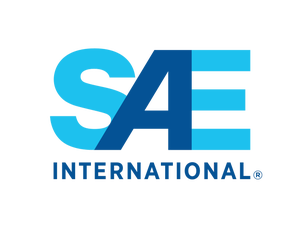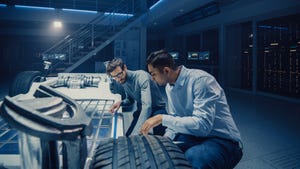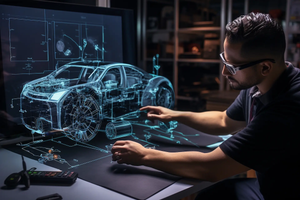Battery Breakthroughs: Big Data, AI, Electrified Aircraft Will Power the Future
A Q&A with SAE International’s Journal of Electrified Vehicles and noted researcher Xiaosong Hu
June 1, 2023
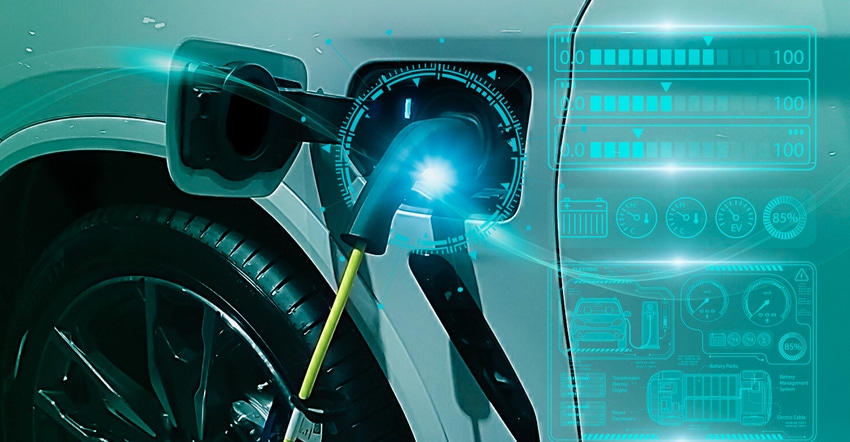
Tory Irwin
Powering the future with research is the way to propel technology forward.
Perhaps no one knows this better than SAE International Journal of Electrified Vehicles Associate Editor and Chongqing University Professor Xiaosong Hu. His peers certainly seem to think so.
For the fourth year in a row, Hu earned the prestigious recognition as a Highly Cited Researcher from Clarivate, a designation bestowed on authors whose papers rank in the top one percent by citation in their scientific field.
Hu took a moment out of his busy schedule to talk with SAE about the Clarivate recognition, his focus in lithium-ion batteries, and the future for electrified vehicle research.
SAE: Congratulations on being recognized as a Highly Cited Researcher. What does this recognition mean to you?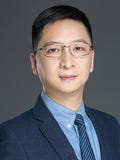
Xiaosong Hu (Hu): Thank you! I have been committed to the field of transportation electrification and vehicular energy storage systems for many years, and I have also witnessed the rapid development of this field both in academia and industry. As a researcher in this field, I am very delighted to see my contributions being recognized and positively evaluated by peers all over the world. For me, being recognized as a highly cited researcher means that my research work can provide some reference to this field and can encourage more excellent researchers to push the boundaries of knowledge. I firmly believe that this recognition also motivates me as well as my group to carry out in-depth research and make breakthroughs in some key technologies of this research field.
SAE: You’re highly cited for your work dealing with electrification and lithium-ion batteries. What research would you like to complete in 2023?
Hu: Electrification and lithium-ion batteries are two hot research topics in my research field, and more and more researchers are joining this field. Previously, we solved some key problems in this research field primarily relying on our expertise.
In recent years, the rapid development of data science provides new opportunities to solve some difficult problems faced by many engineering fields, and mechanical engineering also benefits from this. Therefore, I would like to combine some state-of-the-art big data and artificial intelligence technologies with my research in 2023 and try to make some breakthroughs in this area. Of course, such interdisciplinary research requires collaborations from different institutions, so I also hope that my research in 2023 can be completed with the cooperation of multiple institutions such as automotive companies and big data centers in China.
SAE: As Associate Editor of the SAE International Journal of Electrified Vehicles, what would you like to see the journal focus on in 2023?
Hu: This journal is focused on electrified vehicle technologies. In 2023, I would like to see more research and development results on electrified aircraft (e.g., eVTOL) to be published in our journal, as this field is growing fast and very promising.
SAE: You are a professor and work with engineering students at Chongqing University. What advice do you give to your students who may be interested in publishing their own research in this area?
Hu: It has been a great pleasure to work with engineering students at Chongqing University over the years. Many of them are hardworking and willing to make contributions to their research field. As a supervisor, I encourage my students to make solid contributions to this research area by spending more time making their research in-depth and comprehensive before publishing their work. This is a learning process for students that also helps them to become qualified researchers in the future. In addition to publications, I also suggest my students think about how to transfer their research output to industrial applications to solve real-world problems, which can also maximize the value of our research and benefit the automotive industry.
SAE: Thanks so much for your time today. Is there anything else you think I should know before we say goodbye?
Hu: I strongly encourage more researchers and engineers in the automotive domain to publish their work to the SAE Journals, especially the SAE International Journal of Electrified Vehicles.
Check out the latest issue of the SAE International Journal of Electrified Vehicles and the latest research in automotive engineering.
About the author

You May Also Like
